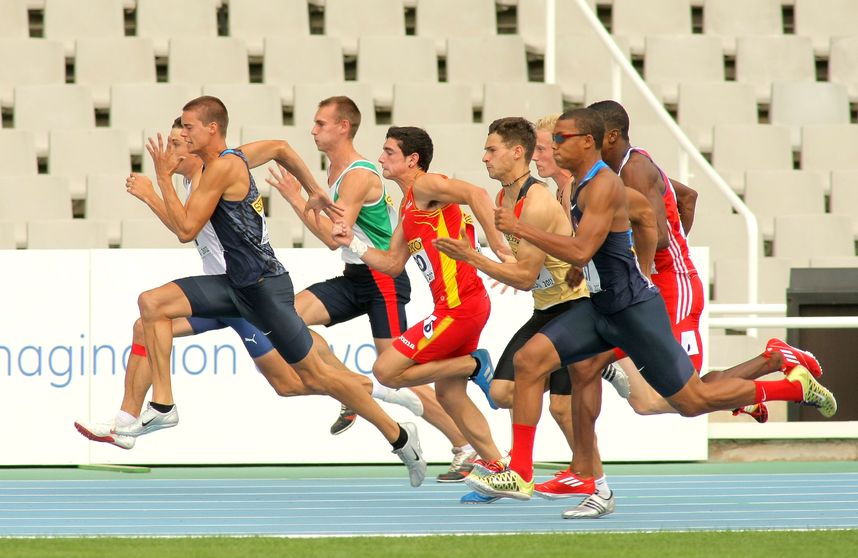Note that your final mark will not be saved in the system.
Aerobic and Anaerobic Respiration GapFill
You must fill all the gaps before clicking ‘Check Answers!’

When we exercise, we produce energy either aerobically (using oxygen) or (without oxygen). The predominant energy system used by the body depends on whether the demands of exercise can be satisfied by oxygen delivery to the working muscle. If the exercise demand is greater than that which can be satisfied by oxygen delivery, the body will work . When oxygen can satisfy the demands for energy at the muscles, the body works aerobically.
Aerobic exercise can, therefore, be summarised as:
| Glucose + = energy + + |
In contrast, anaerobic exercise is exercise that is completed without the presence of and can be summarised simply as:
| Glucose = energy + lactic acid |
Lactic acid is a by-product of anaerobic exercise and is associated with the uncomfortable feelings we get during -intensity exercise over a short period of time.
Activities such as long-distance running are predominantly supported by the aerobic system. This is because long-distance running is -intensity exercise carried out over a long period of time. Examples of events that predominantly use the anaerobic system are the 100 m sprint and competitions, due to them being shorter, more intense activities.
Some sports, such as rugby and boxing, use both and anaerobic systems more equally. Boxers require the system to provide powerful muscle contractions, but also require the system to last the full 12 rounds without excessive fatigue. Rugby players require the energy system for jogging into position and lasting the full 80 minutes, but will utilise the energy system for short bursts in attack and for rucking/mauling.